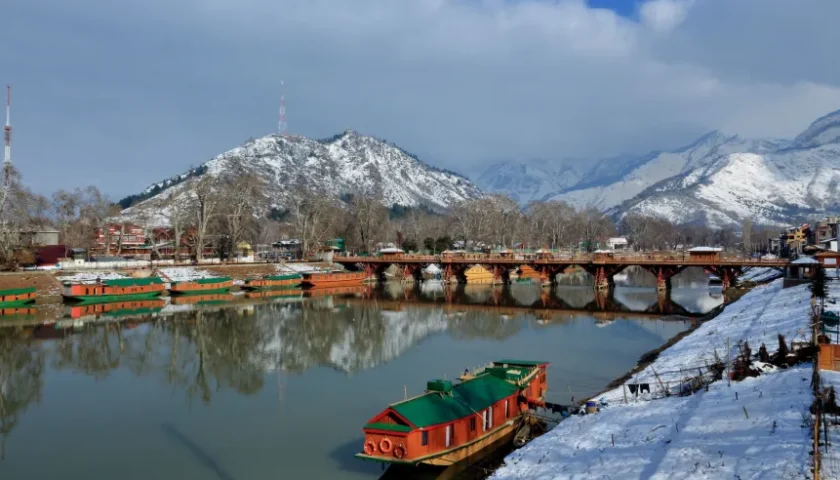Governor calls for emergency meeting on January 9 to discuss further action
Days after the National Green Tribunal imposed certain restrictions with regard to the conduct of the Amarnath pilgrimage in the south Kashmir Himalayas, the Shri Amarnath Shrine Board (SASB), which manages the affairs of the pilgrimage, has decided to challenge the NGT decisions legally.
In this context, Governor NN Vohra, who is chairman of the SASB, has convened an emergency meeting of the shrine board on January 9, 2018, to discuss the recent directions passed by the NGT and decide the further course of action.
“In the discussions held with the Chief Executive Officer (CEO) of the SASB, legal advisers and others concerned, the strong protests over NGT directions by various social, religious and political organisations were taken note of. It was especially pointed out that the NGT had issued directions without first affording a full opportunity to the SASB to present its case,” an official spokesperson said.
The CEO stated that further legal action regarding filing of an appeal would be taken after discussions in the SASB.
The NGT, in the case titled “Gauri Maulekhi v/s State of J&K and others” had passed interim orders on December 13 which, inter alia, directed that the area from the end point of stairs to the holy cave would be treated as “silent zone”.
The tribunal had further directed that all directions should be implemented without default and no committee or authority/board would have the right to sit over the implementation of these directions. However, in its subsequent order of December 14 the NGT clarified that there would be maintenance of silence by the devotees/pilgrims or anybody while standing in front of Amarnath Maha Shivling and no such restriction was applicable to any other part, including the main stairs leading to the holy cave, and during the performance of daily “aarti”.
In its order dated November 15, the NGT had constituted a Committee of Experts headed by Additional Secretary, Ministry of Environment, Forests and Climate Change. This committee has been directed to submit its report on various aspects, including restrictions on the noise level.
As regards the issue of noise near the shrine, the committee had recommended that the matter needed to be deliberated after proper data collection. This recommendation was placed before the NGT in its hearing held on December 13.
On the functioning of the Mata Vaishno Devi pilgrimage, the NGT had, in its order of November 13, issued directions to the shrine board: to operationalise the new 7-km Tarakote Marg between Banganga and Adhkuwari by November 24; that every effort should be made not to raise any new construction at the Bhawan; and that the number of pilgrims at the Bhawan should be restricted to 50,000 per day and excess thereof should be halted either at Katra or Adhkuwari.
In view of the dateline given by the NGT in regard to the still to be completed Tarakote Marg, the shrine board was left with no option but to move the Supreme Court for seeking extension of time for operationalisation of the Tarakote Marg till February 28, 2018, keeping in view the need to protect the safety concerns of the pilgrims. The Supreme Court had granted a stay order on November 20 regarding the opening of the track.
The board had also appealed against the NGT’s directions related to capping of the yatra and restrictions of new constructions at Bhawan on the grounds that it was unreasonable and premature to impose such restrictions till the ongoing Master Plan of the Bhawan and the extended shrine area was finalised and approved by the board. The matter is awaiting further hearing in the Supreme Court.




